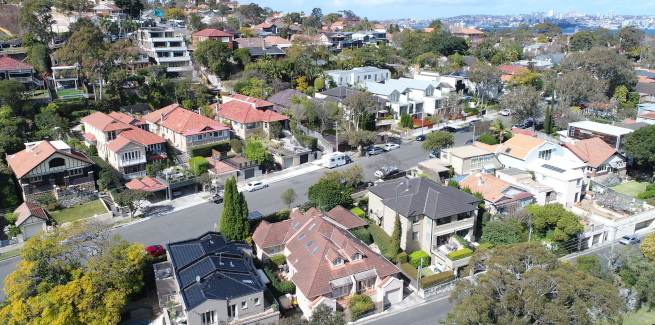New data released by property research group CoreLogic found that the September quarter recorded the strongest quarterly clearance rate seen since the June 2017 quarter.
According to the Quarterly Auction Market Review, the final clearance rate across the combined capital cities over the September quarter came in at 69.9 per cent across 16,730 auctions.
Additionally, weekly auction rates continued to improve, with the last seven weeks of the quarter recording a final clearance rate holding consistently at or above 70 per cent for the week.
Compared with the results from the previous quarter, volumes were higher (18,104 homes), however the clearance rate came in significantly lower, with 55.5 per cent being sold under the hammer.
Notably, all capital cities, apart from Adelaide, saw clearance rates that improved on those of the previous quarter, and the September 2018 quarter.
The elevated levels of successful auctions have been largely driven by results in Sydney and Melbourne, which saw quarterly clearance rates of 74.6 per cent and 73.5 per cent, respectively.
Similarly, regional markets across the board also saw increased clearance rates compared with the June quarter.
CoreLogic head of research, Tim Lawless, commented on the findings: “The September quarter has seen a remarkable lift in auction clearance rates, driven by consistently high results across the largest auction markets, Sydney and Melbourne.
“The lift in clearance rates highlights a better fit between buyer and seller pricing expectations and some urgency creeping back into the market as a larger pool of buyers compete for a smaller than usual number of homes for sale.”
According to Mr Lawless, auction volumes for the beginning of the Spring season have been lower than expected, however CoreLogic previously suggested that two major sporting grand finals acted as major auction market disruptors in the country’s biggest selling markets, Sydney and Melbourne.
Week-on-week volumes bounce
In light of this, auction volumes for the week ending 13 October 2019 saw a major bounce compared with the previous two weekends, which were affected by the grand finals, suggesting that the Spring selling season is back in full force.
Auction numbers across capital cities sat at 2,017 homes for the week, well up from 1,324 the previous week, with a preliminary clearance rate of 77.3 per cent.
According to CoreLogic, the clearance rate is likely to revise to a final rate in the mid 70s, after results from the previous week saw a final rate of just below 70 per cent for the first time since mid-August.
Comparatively, the same week last year saw 1,851 properties go under the hammer across capital cities, with only 47 per cent of these being sold.
Melbourne saw the most auction activity over the week, with 977 auctions, and a clearance rate of 76.7 per cent, however, Sydney achieved the greatest auction success, with 729 properties taken to auction, and a clearance rate of 82.3 per cent.
In the same week in 2018, 912 Melbourne homes went to auction, with a clearance rate of 50.4 per cent, and in Sydney, only 45.1 per cent of the 647 homes up for auction managed to produce a sale.
Across smaller markets over the week, Perth was the only capital city to see a reduction in volumes, while Adelaide, Brisbane, Canberra and Tasmania all saw an increase in the number of homes brought to public auction.
[Related: Clearance rates to fall from recent heights]

